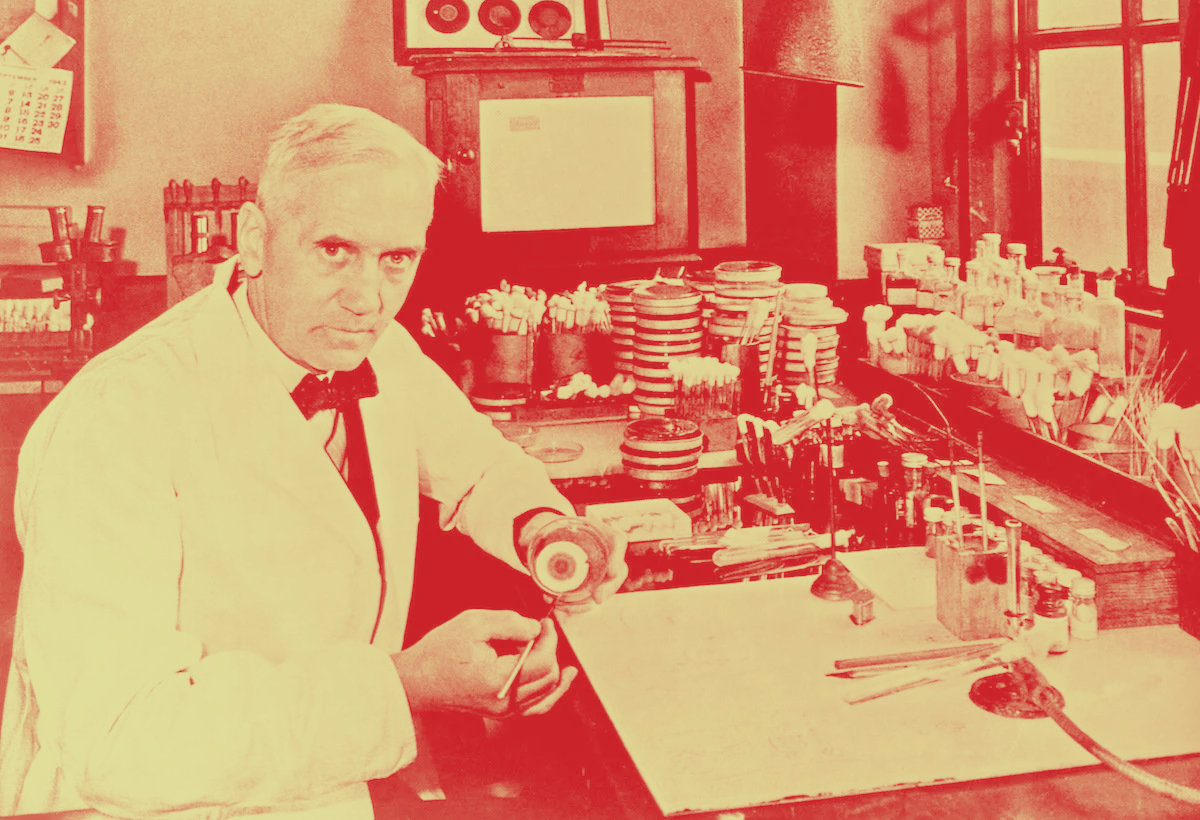
BRUNEL
Named after Isambard Kingdom Brunel (1806-1859), an English mechanical and civil engineer who built dockyards, the Great Western Railway, a series of steamships, including the first propeller-driven transatlantic steamship, and numerous important bridges and tunnels, Green House recognises the achievements of one of the country's most regarded engineers.
Paddington Station remains one of Brunel's most iconic structures and houses a statue of him to which many, including students from St. James & St. John, visit every year.
Button
FLEMING
Named after Sir Alexander Fleming (1881-1955), a Scottish biologist, pharmacologist and botanist, Yellow House recognises the achievements of one of the countries greatest ever scientists.
Sir Fleming is best known for the discovery of the antibiotic substance, penicillin, for which he shared the Nobel Prize in Physiology and Medicine. This discovery was made at St. Mary's Hospital, Paddington. It was a discovery that would change the course of history.
Button
SEACOLE
Named after Mary Seacole (1805-1881), a Jamaican-born woman of Scottish and Creole descent who set up a 'British Hotel' behind the lines during the Crimean war for wounded servicemen on the battlefield, Blue House recognises the achievements of one of Britain's greatest contributors to community service.
On her return to London, Seacole was greeted with a parade held in Oxford Street in her honour. She lived in George Street, Paddington, where she died in 1881. She was posthumously awarded the jamaican Order of merit in 1991. In 2004, she was voted the greatest Black Briton.
Button
SIDDONS
Named after Sarah Siddons (1755-1831) a Welsh actress, the best-known tragedienne of the 18th century and most famour for her portrayal of the Shakespearean character Lady Macbeth, a character she made her own, Red House recognises one of the nation's greatest contributors to the arts.
Sarah Siddons is buried at St. Mary's Church, Paddington Green.
Button
SCHOOL HOUSES

BRUNEL
Named after Isambard Kingdom Brunel (1806-1859), an English mechanical and civil engineer who built dockyards, the Great Western Railway, a series of steamships, including the first propeller-driven transatlantic steamship, and numerous important bridges and tunnels, Green House recognises the achievements of one of the country's most regarded engineers.
Paddington Station remains one of Brunel's most iconic structures and houses a statue of him to which many, including students from St. James & St. John, visit every year.
Button
FLEMING
Named after Sir Alexander Fleming (1881-1955), a Scottish biologist, pharmacologist and botanist, Yellow House recognises the achievements of one of the countries greatest ever scientists.
Sir Fleming is best known for the discovery of the antibiotic substance, penicillin, for which he shared the Nobel Prize in Physiology and Medicine. This discovery was made at St. Mary's Hospital, Paddington. It was a discovery that would change the course of history.
Button
SEACOLE
Named after Mary Seacole (1805-1881), a Jamaican-born woman of Scottish and Creole descent who set up a 'British Hotel' behind the lines during the Crimean war for wounded servicemen on the battlefield, Blue House recognises the achievements of one of Britain's greatest contributors to community service.
On her return to London, Seacole was greeted with a parade held in Oxford Street in her honour. She lived in George Street, Paddington, where she died in 1881. She was posthumously awarded the jamaican Order of merit in 1991. In 2004, she was voted the greatest Black Briton.
Button
SIDDONS
Named after Sarah Siddons (1755-1831) a Welsh actress, the best-known tragedienne of the 18th century and most famour for her portrayal of the Shakespearean character Lady Macbeth, a character she made her own, Red House recognises one of the nation's greatest contributors to the arts.
Sarah Siddons is buried at St. Mary's Church, Paddington Green.
Button

Contact Us School administrator: P. Hoti
020 7504 0535
office@stjstj.co.uk

